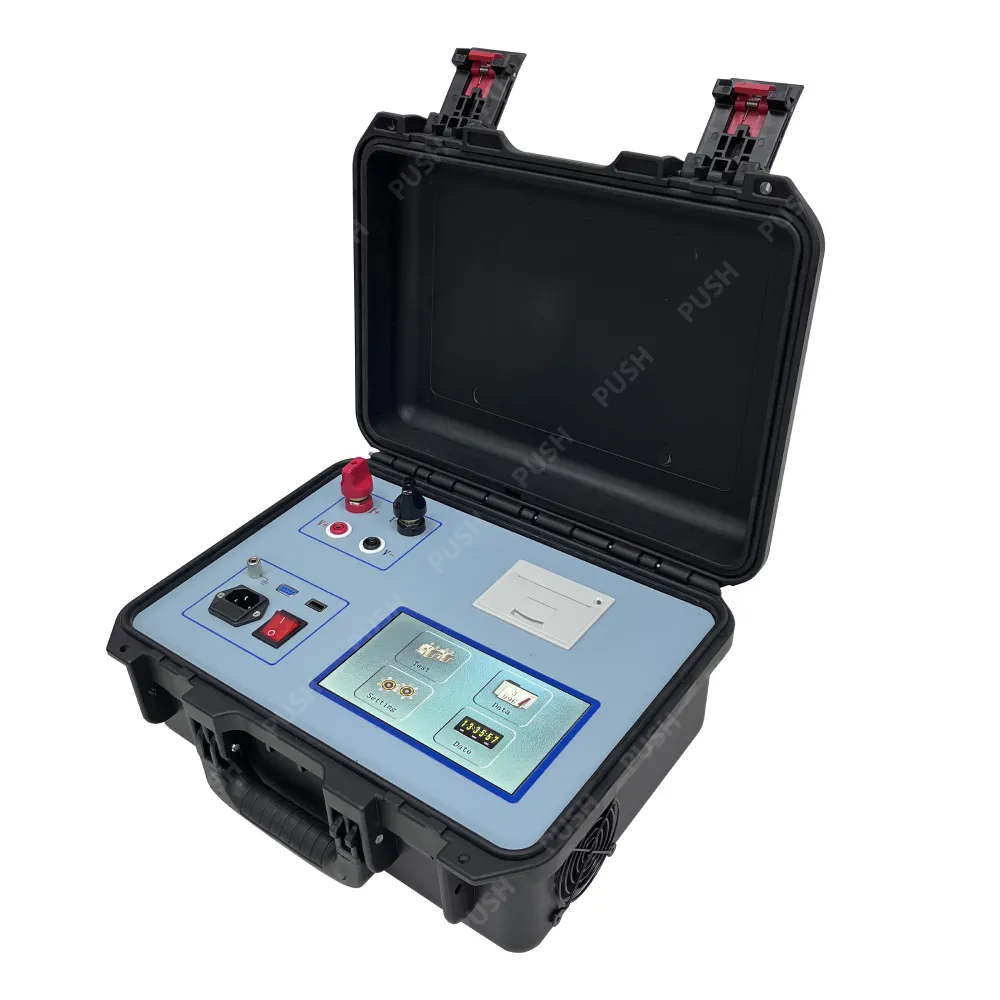 English
English


Exploring the Role of Gas Chromatography in Analyzing Gaseous Samples for Research Applications
Gas Chromatography An Overview of Gas Analysis
Gas chromatography (GC) is a powerful analytical technique employed to separate and analyze volatile compounds in various gases and mixtures. Widely used in fields ranging from environmental monitoring to pharmaceuticals, GC provides essential insights into the composition of gases, facilitating quality control and research advancements.
The fundamental principle of gas chromatography is based on the partitioning of the compounds between a stationary phase and a mobile phase. In GC, the mobile phase is an inert gas, commonly helium or nitrogen, that carries the vaporized samples through a column packed with a stationary phase, which is usually a liquid or solid. The interaction between the gas sample components and the stationary phase leads to different retention times, allowing for the separation of individual compounds based on their volatilities.
Gas Chromatography An Overview of Gas Analysis
In the food and beverage industry, GC plays a crucial role in quality control by analyzing the composition of flavor compounds, aromas, and potential contaminants. For example, the determination of pesticide residues, natural toxins, or artificial additives in food can be achieved with high accuracy through gas chromatography. This analysis not only ensures compliance with food safety regulations but also protects consumer health.
gas chromatography gases

In the pharmaceutical sector, GC is critical for the analysis of active ingredients and impurities in drug formulations. The technique allows for the precise determination of compound purity, which is essential for the efficacy and safety of medications. Moreover, in drug development, GC can help characterize the volatility of compounds, providing insights into their behavior during processing and storage.
Gas chromatography is not without its limitations. One of the significant challenges is the requirement for the sample to be in a gaseous state for the analysis. Therefore, compounds that are non-volatile or thermally unstable may need to be derivatized—chemically modified—to be suitable for GC analysis. Additionally, complex mixtures can pose a challenge, as overlapping peaks in chromatograms may complicate qualitative and quantitative assessments.
To enhance the capabilities of gas chromatography, various detectors can be coupled with the GC system. The flame ionization detector (FID) is one of the most commonly used detectors, known for its high sensitivity to organic compounds. Other detectors, such as mass spectrometry (MS), can be interfaced with GC to provide detailed molecular information about the separated compounds. This combination, known as GC-MS, is a powerful analytical approach that enables both quantitative and qualitative analysis.
In conclusion, gas chromatography is an essential analytical technique for the separation and identification of gases and volatile compounds. Its applications span various industries, including environmental science, food safety, and pharmaceuticals, providing valuable data that supports regulatory compliance and research efforts. As technology advances, improvements in GC methods and instrumentation will continue to broaden its utility, solidifying its role in modern analytical chemistry.
-
Differences between open cup flash point tester and closed cup flash point testerNewsOct.31,2024
-
The Reliable Load Tap ChangerNewsOct.23,2024
-
The Essential Guide to Hipot TestersNewsOct.23,2024
-
The Digital Insulation TesterNewsOct.23,2024
-
The Best Earth Loop Impedance Tester for SaleNewsOct.23,2024
-
Tan Delta Tester--The Essential Tool for Electrical Insulation TestingNewsOct.23,2024





